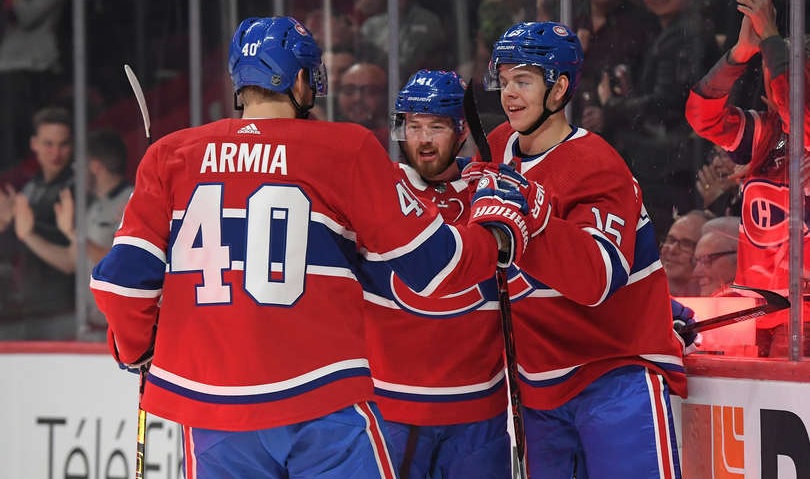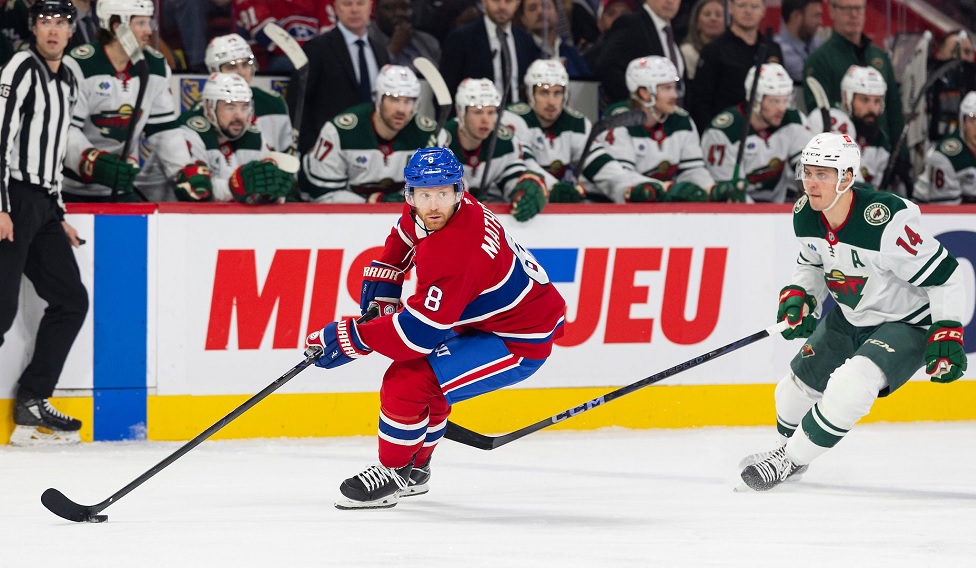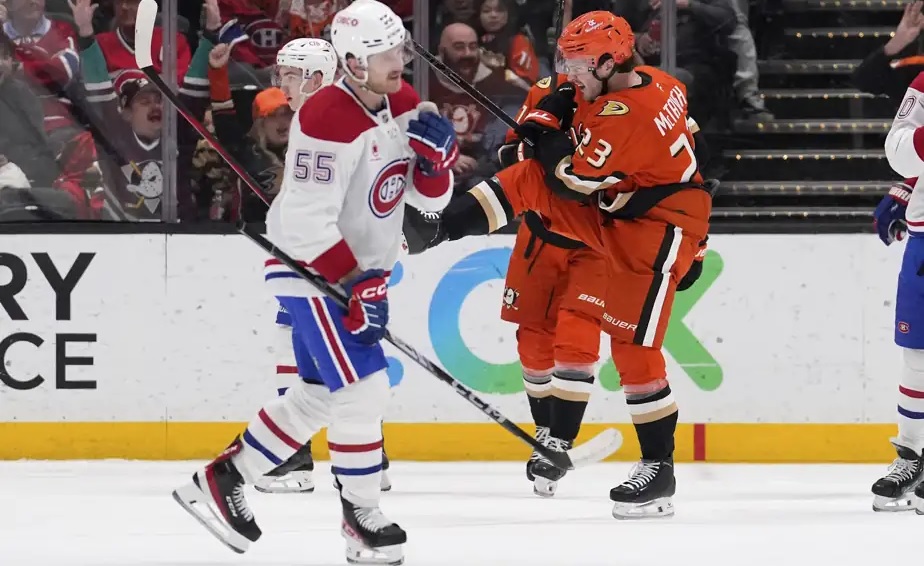HabsWorld.net --
Amid the sights and sounds of spring, the yawning potholes and epic construction detours, the Bell Centre basks in radio silence, the past season fading into insignificance a full month after the Canadiens’ playoff hopes were dealt a crippling blow in Columbus. The Habs gave it everything they had, only to fall achingly short in the final days of the season. Still, the takeaway, for fans, is that the future is nowhere near as bleak as it seemed entering the season – 96 points is nothing to sneeze at – and all that talk of a tear-down, it turns out, was grossly exaggerated.
Surprisingly, when you consider the tire fire that was 2017-2018, all it took to make the Canadiens competitive again was a pair of major trades (those that brought Tomas Tatar and Max Domi to Montreal to fix the “attitude” problem), the unexpected emergence of gangly teenager Jesperi Kotkaniemi as the team’s third-line centre, and Carey Price’s return to all-world form after what we can charitably say was an off year. Add to that the continued development of core players Phillip Danault, Brendan Gallagher, and Artturi Lehkonen (the best 12-goal scorer in the NHL), together with strong campaigns from a stellar supporting cast (Andrew Shaw, Joel Armia et al) and some late-season acquisitions from the bargain bin (Nate Thompson, Jordan Weal and Christian Folin), and the Montreal Canadiens had the makings of a team that was more than just competitive. They laid siege, at times, to opposing defences, overwhelmed them with speed. Scoring, post-Pacioretty and Galchenyuk, was up. Who knew?
Marc Bergevin, his coutured derriere in danger of being shown the door, orchestrated a Montreal-style reboot, yet still managed to leave a cool $8 million and change on the table which should put him in contention for GM of the Year. To think how much better the Habs could have been had he found someone – anyone – to accept his money. Which goes to show, you literally can’t pay free agents enough to play for the Montreal Canadiens nowadays. So Bergevin, by force of circumstance, has become the Zen Master of the minor trade. The kind that barely registers a blip on the NHL radar yet improves the team in specific areas. Danault, Brett Kulak, Armia, Weal, Christian Folin, even Jordie Benn: can anyone remember who the Habs gave up to get these guys? Yet they’ve become valuable pieces of the turnaround underway in Montreal (with the exception of Danault, of course, who was acquired in 2016). Comet-on-skates Paul Byron was a waiver-wire pickup, for Pete’s sake. Not to put too fine a point on it, but the Habs iced two fourth lines in 2018-2019: one to start the season, and another to finish it.
If you were tuning in from the couch, as I was, as far as I can remember, it was like watching a different team play, though most of the same players were still around. The work of duplicating that feat next season has begun in earnest, we can be sure. Bergevin needs to get out there and spend some money (about $11 million will do), yet faces some uniquely Canadian challenges: climate, taxation, white-hot media scrutiny, and in Quebec, the language barrier… To lure the likes of Matt Duchene to La belle province, the Canadiens’ GM would have to offer maximum term and salary, then sweeten the pot with can’t-resist incentives: free BIXI memberships, museum passes, etcetera. All kidding aside, don’t let’s hold our breath waiting for Duchene or Artemi Panarin to put pen to paper in Montreal. Sure, the Canadiens would be remiss not to take a run at them, but if I was Marc Bergevin, I’d have a Plan B in the name of pending UFA Anders Lee. Though not a centreman, Lee would provide the kind of overly large net front presence the Canadiens sorely lack. The Minnesota-born winger has posted an impressive 102 goals through three seasons with the New York Islanders. Put him in front of the net and watch Jesperi Kotkaniemi or Max Domi spoon-feed him the puck.
And then there’s the defence. If I’m Bergevin, I’m on the blower to my old buddy Dale Tallon to ask what it would take to pry Montreal-born defenceman Mike Matheson away from Sunrise, Florida. If not Matheson, then any other left-shot defenceman or RFA who can pair up alongside Shea Weber for a season or two, until Alexander Romanov is ready to wear the mantle.
On the doorstep, meanwhile, and coming to an NHL rink near you as early as next October, if you believe the hype: forwards Ryan Poehling and Nick Suzuki. Both have given Montreal fans tantalizing glimpses of their considerable talent. Poehling did nothing to dampen those expectations in his NHL debut, posting three goals (three and a half if you count the shootout winner) against those darn Leafs to bring down the curtain on the Habs’ 2018-2019 season. Talk about setting the bar high. Credit Poehling’s coach at St. Cloud State, Brett Larson, for taking to the air to temper expectations. Nick Suzuki? His dominant run in this year’s OHL playoffs – 16 goals and 42 points in 24 games, with a +22 for good measure – bodes well for his chances of cracking the Canadiens’ lineup as soon as next season. In Sukuki, the Canadiens clearly have a player who processes the game at an elite level. That high IQ is sure to ease his path to the NHL.
The 2019-2020 season just cannot come soon enough, if you’re a Habs fan. For the first time in years, there’s a renewed optimism surrounding the team, a sense that with few key off-season additions – a top-six forward and a left-shot defenceman – and an impressive stable of first- and second-tier prospects set to challenge for roster spots next fall, the elusive “window to win” may open in Montreal much sooner than people think, but not a moment too soon for fans of the Bleu-Blanc-Rouge.


